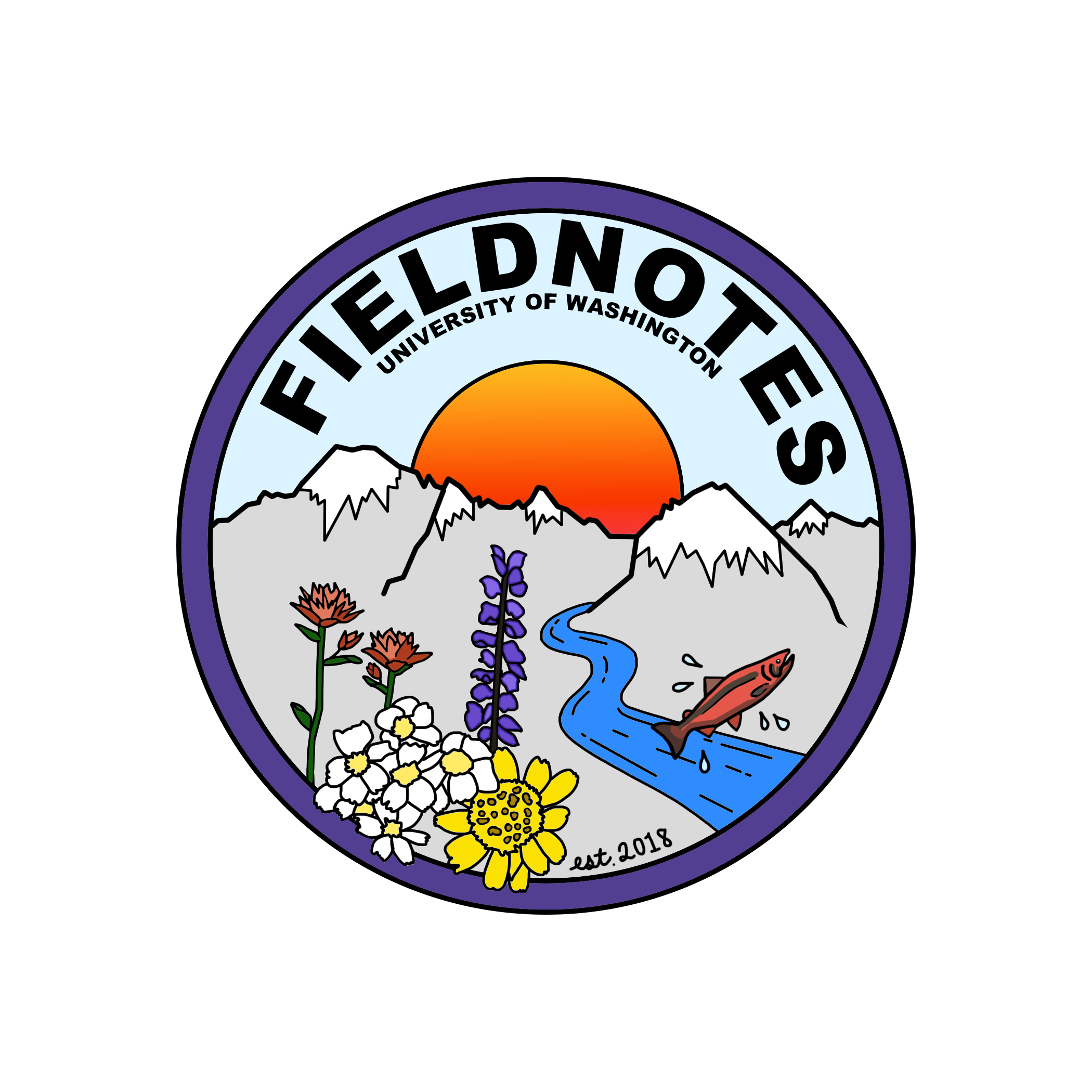The Value of the Wild
By Kylie Baker, ESRM ‘23
The contrast between urban and wild environments is never so striking than when considering interactions between people and wildlife. My three-month visit to the Osa Peninsula in Costa Rica provided many enriching opportunities to establish new connections with nature; my favorite perk of studying abroad. The Osa Peninsula houses 2.5% of the planet’s biodiversity despite only covering less than a thousandth of a percent of its total surface area, making it one of the most biologically intense places on earth.
During my stay at the nonprofit organization Osa Conservation, I interacted with a diversity of truly charismatic creatures. One morning, as I hiked the maze of trails near campus, I saw numerous spider monkeys climbing the trees above my head, quite close in my opinion! There were moments of mutual observation, each of us equally curious and locked into a staring competition. But with work to do back at the station, I broke eye contact first and continued my walk. Suddenly, a stick hit my left shoulder and I let out a yelp. When the monkeys feel threatened they often rain down small sticks or berries to ward off people, however, I didn’t expect to be the recipient of such a direct attack. I walked on in awe at such a profound interaction with nature (and its impeccable aim!). I entered its home and it reciprocated with a warning, as it should. Welcome to the jungle!
Two spider monkeys hanging in trees, Photo Credit: Alex Van Calster
After such an exchange, I couldn’t help but reflect on my previous wildlife connections. They all seemed so benign. Before arriving in Costa Rica, my only interaction with a monkey had been making fleeting eye contact at my local zoo. On the Osa Peninsula, they’re free and self-employed, and if we made a connection, it was because I made an effort to visit their home and they chose to entertain my presence.
My time in Costa Rica was transformative. My encounters with spider monkeys reminded me of a fairly abstract concept I’d learned months previously in the classroom: environmental generational amnesia. The idea is that with each ensuing generation, people will perceive the environment they’re born in as the norm, no matter how much it has departed from historical or natural conditions. If people never have the opportunity to experience this wild form of nature, they may be unknowingly content with the altered, human-impacted equivalent.
I have now had the opportunity to experience a jungle and its wild inhabitants. I wasn't top dog like in a city. Animals didn’t shy away from my presence, they challenged me. My three months in the jungle humbled me with different lessons from different teachers, through adventures I couldn’t have achieved back in the comforts of Seattle. The Costa Rican jungle taught me the value of the wild, and I wouldn’t have had it any other way.
A young spider monkey sitting in a tree, Photo Credit: Alex Van Calster


